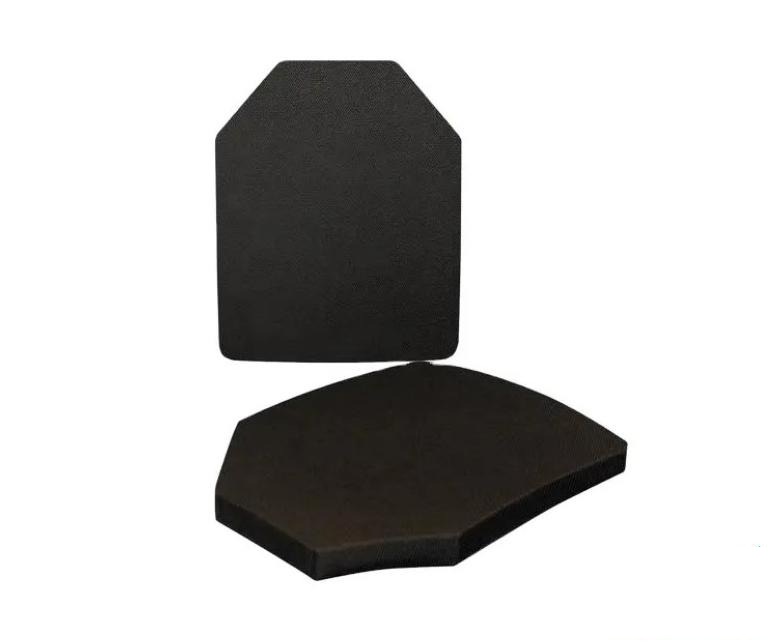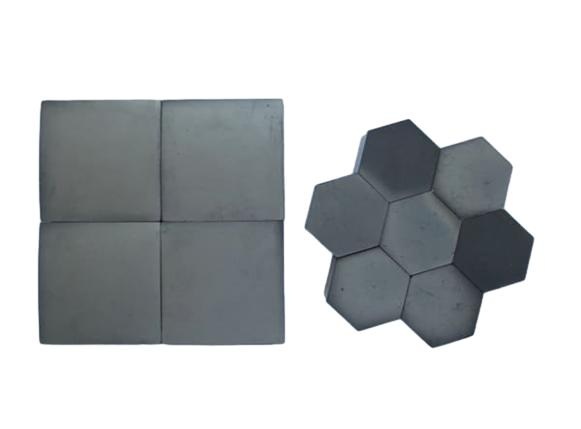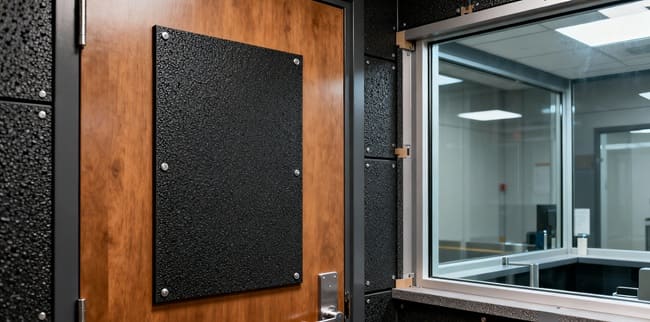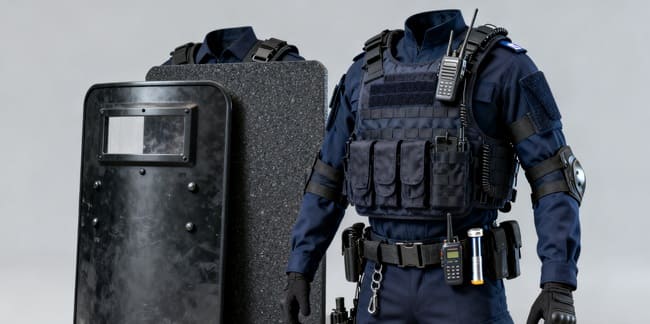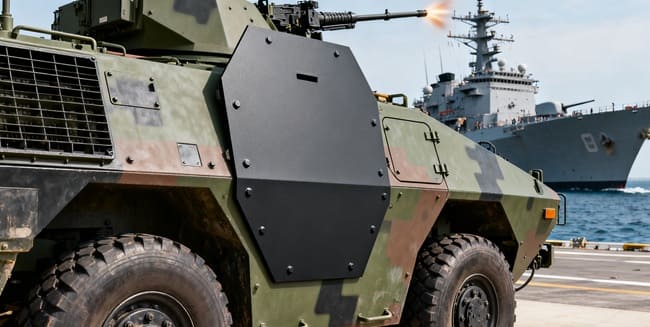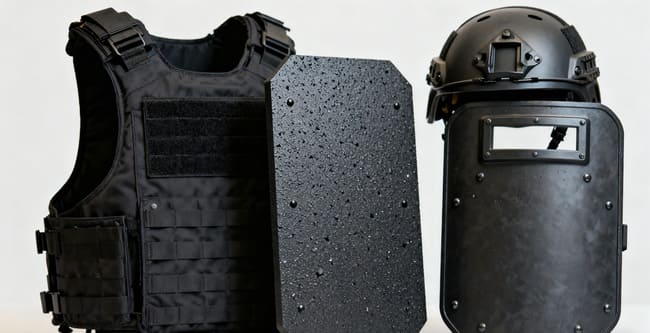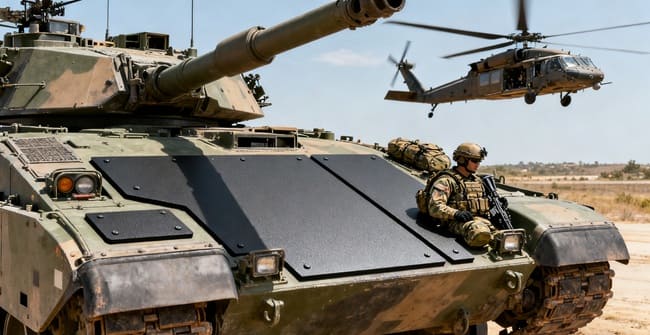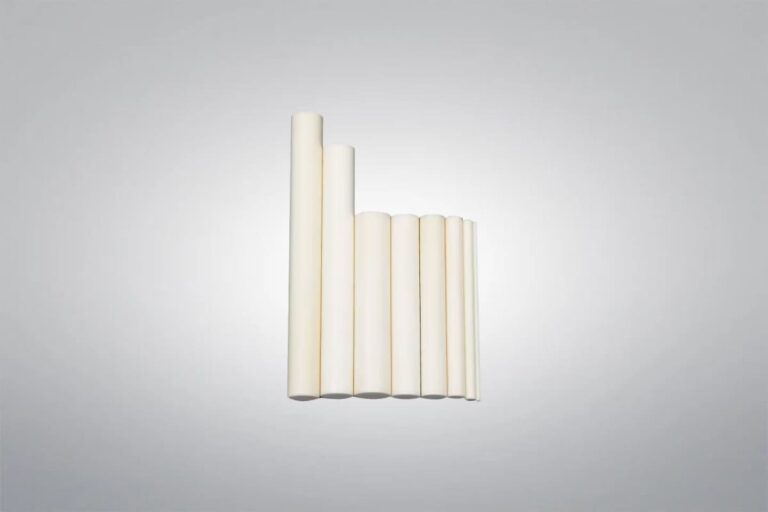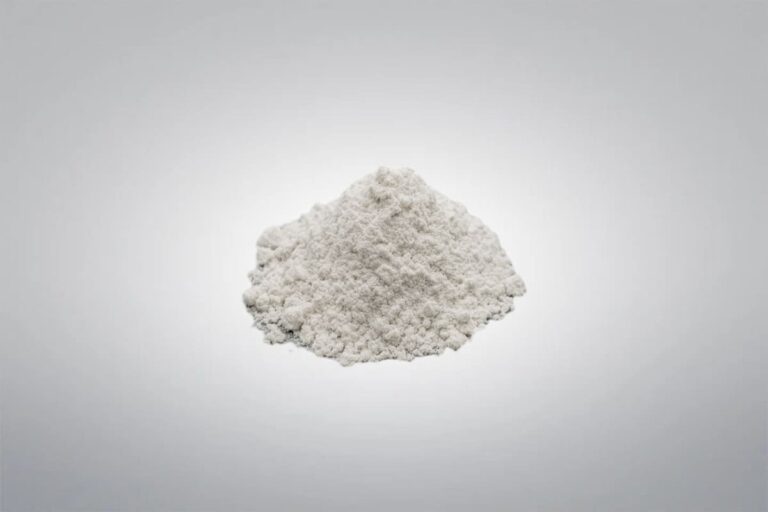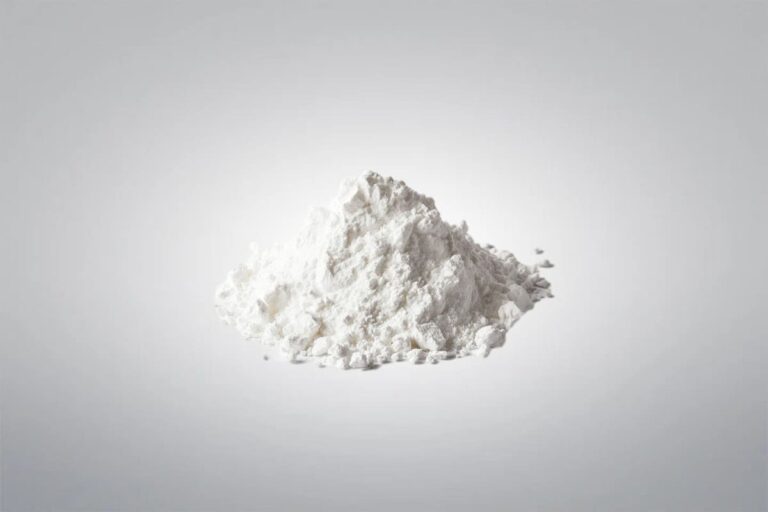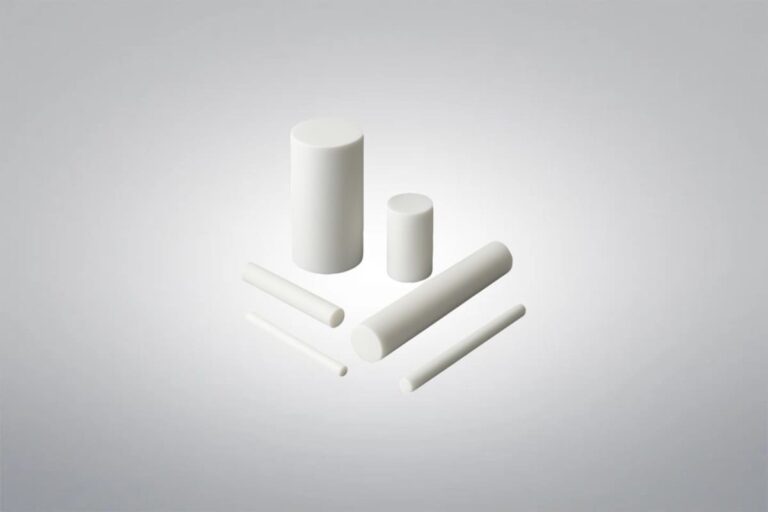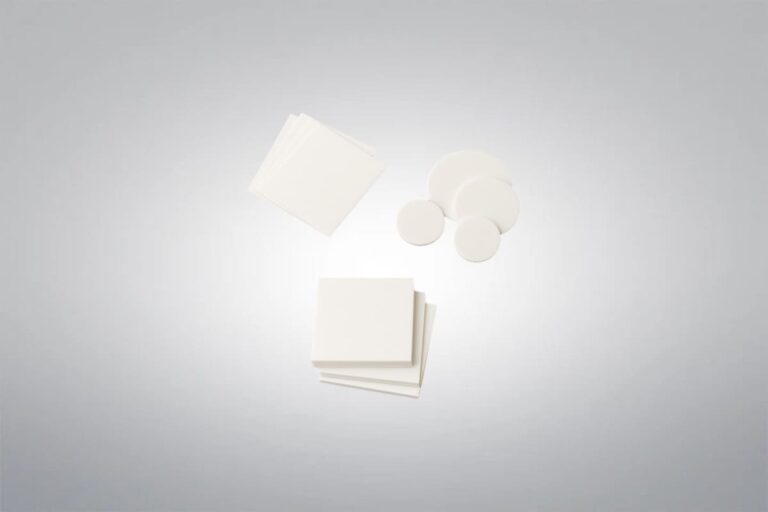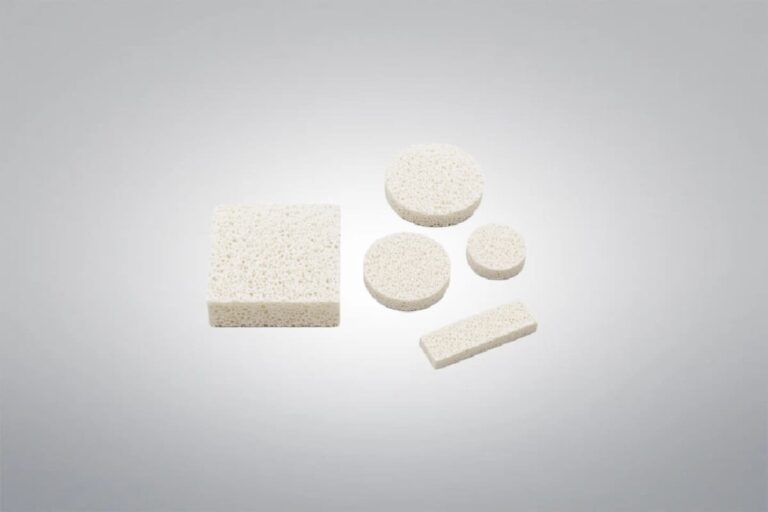Boron Carbide Bulletproof Plate
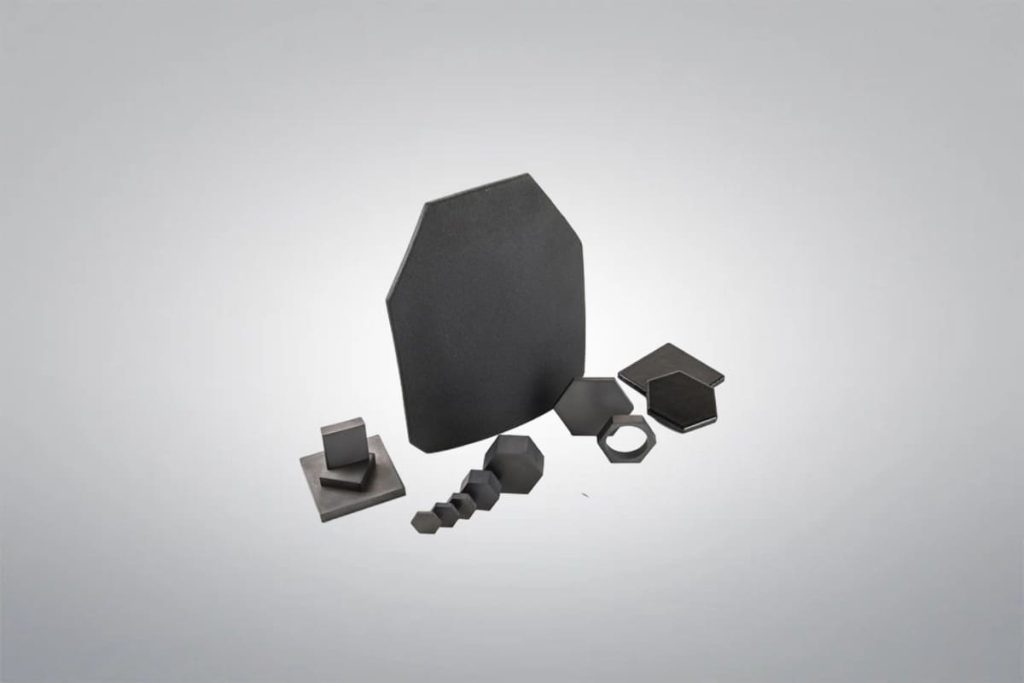
Boron Carbide Bulletproof Plate
Purity: ≥99.5%
- Custom sizes and standard sizes in stock
- Quick Lead Time
- Competitive Price
Boron Carbide Bulletproof Plate is an advanced ballistic protection materials designed to offer superior defense against high-velocity projectiles. It has exceptional hardness, high impact resistance, and low weight, making it ideal for military and defense use. As a leading supplier and manufacturer of premium boron carbide products, Shanghai Yuepeng can supply high-quality boron carbide bulletproof plates with various specifications and competitive prices, offering customized solutions to meet specific requirements.
Boron Carbide Bulletproof Plate Data Sheet
| Purity: | ≥99.5% |
| Apparence: | Black or grey |
| Chemical Formula: | B₄C |
| Density: | 2.46-2.62 g/cm³ |
| Size: | 10-500 mm, or customized |
| Thickness: | 0.2-80 mm, or customized |
| Shape: | Square, disc, hexagonal, triangular, or other customized shape |
| Curve Type: | Flat or Curved |
Boron Carbide Bulletproof Plate Description
Boron Carbide is a ceramic material with exceptional hardness close to that of diamond and cubic boron nitride, commonly manufactured through sintering processes. Boron Carbide Bulletproof Plates are made from boron carbide through hot-pressing or pressureless sintering, offering the highest hardness and the lowest density, making them the most ideal armor ceramic material in terms of performance. They are used for NIJ III and NIJ IV level ballistic protection. They are used for NIJ III and NIJ IV level ballistic protection. Shanghai Yuepeng provides high-precision boron carbide bulletproof plates with consistent quality and minimal size variation, suitable for both large-scale and custom production.
Boron Carbide Bulletproof Plate Advantages
- High hardness and high strength
- Excellent thermal shock resistance
- Excellent chemical inertness
- Excellent wear resistance
- Good corrosion resistance
- High temperature resistance
- High bending strength
- Light weight
Boron Carbide Bulletproof Plate Applications
- Personal Armor: Used in bulletproof vests, helmets, and protective shields due to its extreme hardness and lightweight properties.
- Vehicle Protection: Applied in armored vehicles, aircraft, and naval vessels to provide high-level ballistic resistance without adding excessive weight.
- Military Equipment: Serves as protective panels in tanks, helicopters, and combat gear for enhanced survivability on the battlefield.
- Law Enforcement Gear: Integrated into police shields, riot protection, and tactical equipment to safeguard officers in high-risk operations.
- Critical Infrastructure Security: Installed in security doors, checkpoints, and safe rooms to protect against ballistic threats in government and commercial facilities.
- Critical Infrastructure Security
- Law Enforcement Gear
- Military Equipment
- Personal Armor
- Vehicle Protection
Boron Carbide Material Properties
Boron Carbide Material Grades
Reaction bonded boron carbide (B4C) is primarily used ballistic armor, providing excellent protection while reducing weight as compared to other armor materials.
| Properties | Units | Reaction Bonded Boron Carbide |
| Flexural Strength, MOR (20 °C) | MPa | 250 |
| Fracture Toughness, KIc | MPa m1/2 | 3.0 – 4.0 |
| Thermal Conductivity (20 °C) | W/m K | 50 |
| Coefficient of Thermal Expansion | 1×10-6/°C | 4.5 |
| Maximum Use Temperature | °C | 1000 |
| Dielectric Strength (6.35mm) | ac-kV/mm | — |
| Dielectric Loss (tan δ) | 1MHz, 25 °C | — |
| Volume Resistivity (25°C) | Ω-cm | 10³ |
Reaction Bonded B4C Advantages:
- High strength
- High hardness
- Cost-effective
- Suitable for large-scale applications
Hot-pressed, also known as pressure assisted densified (PAD), boron carbide is one of the hardest materials available in commercial shapes. This exceptional hardness combined with low density is used in ballistic armor, maximizing protection while minimizing weight.
| Properties | Units | Hot Pressed Boron Carbide |
| Flexural Strength, MOR (20 °C) | MPa | 320 – 450 |
| Fracture Toughness, KIc | MPa m1/2 | 3.0 – 4.0 |
| Thermal Conductivity (20 °C) | W/m K | 45 – 100 |
| Coefficient of Thermal Expansion | 1×10-6/°C | 4.5 – 4.9 |
| Maximum Use Temperature | °C | 2000 |
| Dielectric Strength (6.35mm) | ac-kV/mm | — |
| Dielectric Loss (tan δ) | 1MHz, 25 °C | — |
| Volume Resistivity (25°C) | Ω-cm | 100 |
Hot Pressed B4C Advantages:
- Higher density
- Better mechanical properties
- Ideal for high-strength, high-temperature engineering materials
Pressureless sintered boron carbide combines high purity and the excellent mechanical properties of boron carbide for use in both ballistic armor and semiconductor manufacturing.
| Properties | Units | Sintered Boron Carbide |
| Flexural Strength, MOR (20 °C) | MPa | 450 |
| Fracture Toughness, KIc | MPa m1/2 | 3.0 – 5.0 |
| Thermal Conductivity (20 °C) | W/m K | 43 – 100 |
| Coefficient of Thermal Expansion | 1×10-6/°C | 4.5 – 4.9 |
| Maximum Use Temperature | °C | — |
| Dielectric Strength (6.35mm) | ac-kV/mm | — |
| Dielectric Loss (tan δ) | 1MHz, 25 °C | — |
| Volume Resistivity (25°C) | Ω-cm | 10 |
Pressureless Sintered B4C Advantages:
- High hardness
- Excellent wear resistance
- High chemical stability
- Low density
- Good thermal stability
Boron Carbide Ceramic Machining
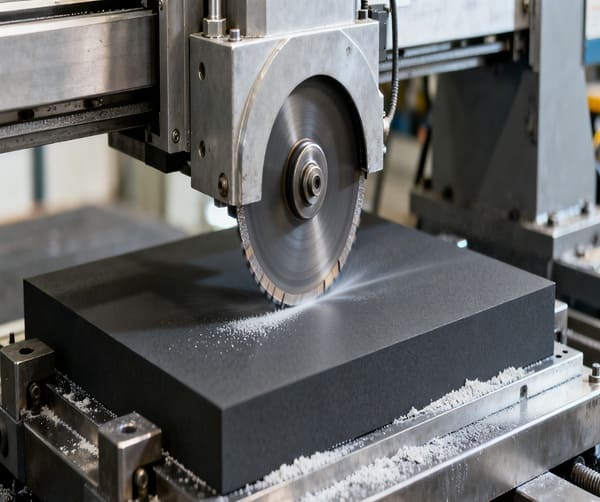
Boron Carbide Ceramic machining is a demanding process used to shape this ultra-hard ceramic into precise components for technical applications. Due to its exceptional hardness and brittleness, machining boron carbide requires specialized tools and careful control to prevent cracking or surface damage. While the material can be shaped more easily in its green or biscuit state, achieving tight tolerances often requires machining after full sintering, which involves diamond-based techniques. The common machining methods include:
- Diamond Cutting: Diamond-coated tools are essential for cutting fully sintered boron carbide, enabling accurate shaping and smooth surface finishes.
- Precision Grinding: Used to achieve fine tolerances and clean finishes. This process is slow and requires careful handling to avoid micro-cracks or structural damage.
- Ultrasonic Machining: Applies high-frequency vibrations with abrasive slurry to remove material gently, suitable for intricate and delicate shapes.
- Laser Cutting: A non-contact technique effective for pre-sintered material or thin sections, offering clean edges with minimal thermal stress.
- Green Machining: Carried out before sintering, allowing easier shaping of complex geometries. However, post-sintering shrinkage (~20%) must be accounted for in final dimensions.
Boron Carbide Ceramic Packaging
Boron Carbide Ceramic products are typically packaged in vacuum-sealed bags to prevent moisture or contamination and wrapped with foam to cushion vibrations and impacts during transport, ensuring the quality of the products in their original condition.
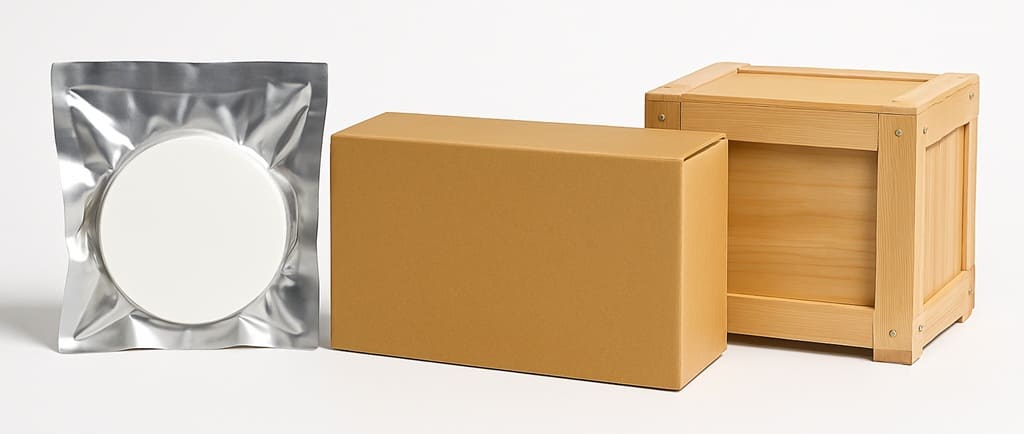
Download
Get A Quote
We will check and get back to you in 24 hours.

